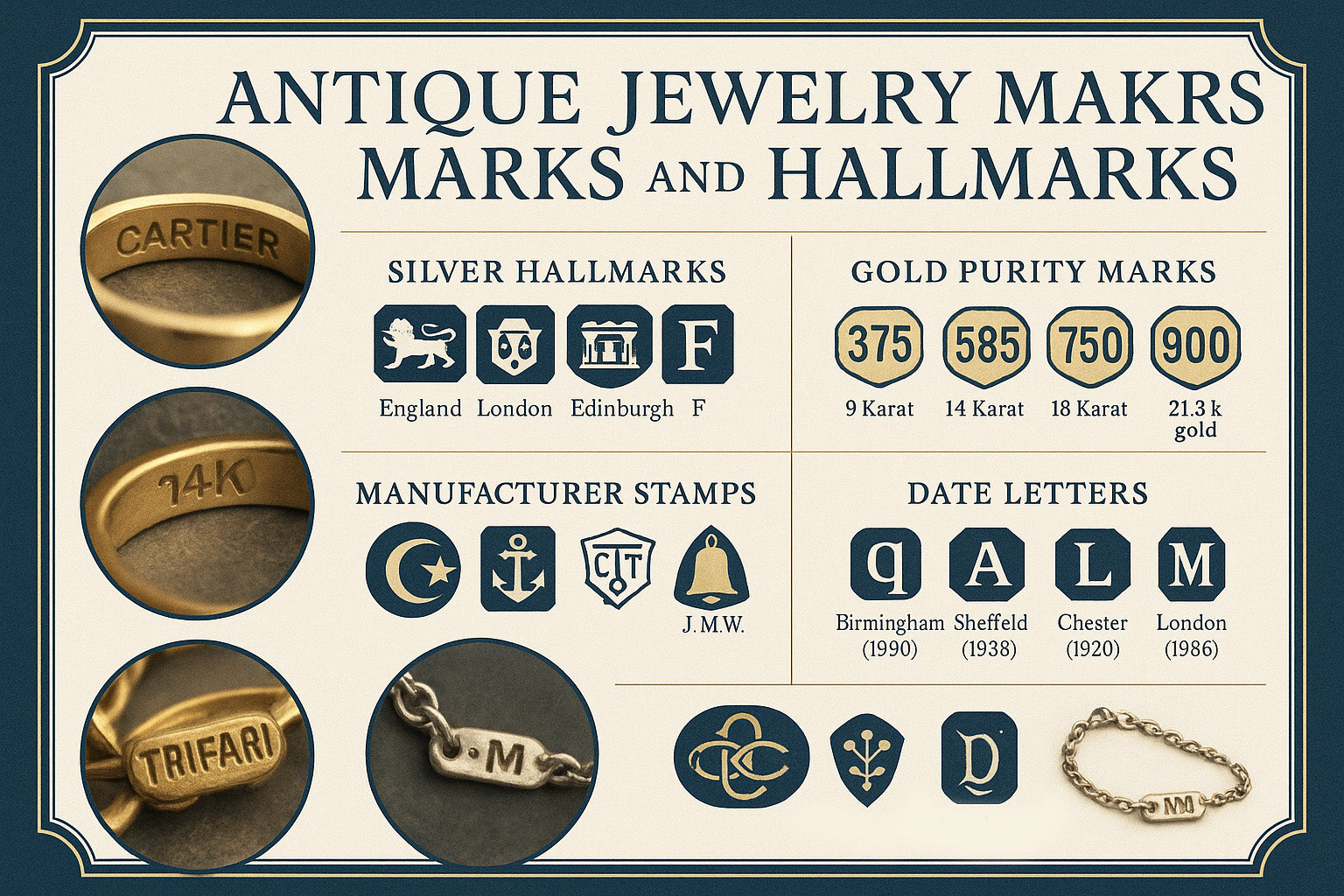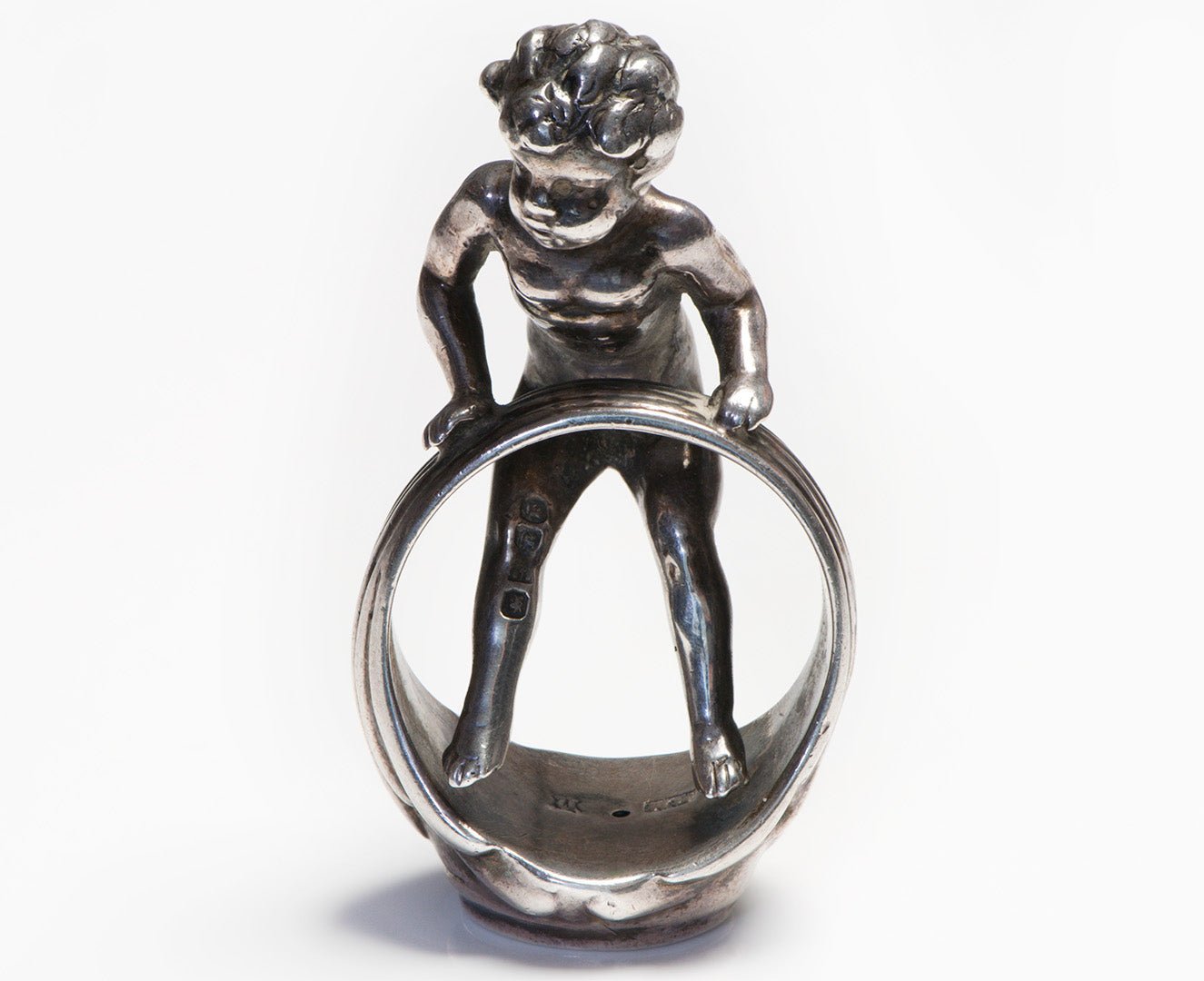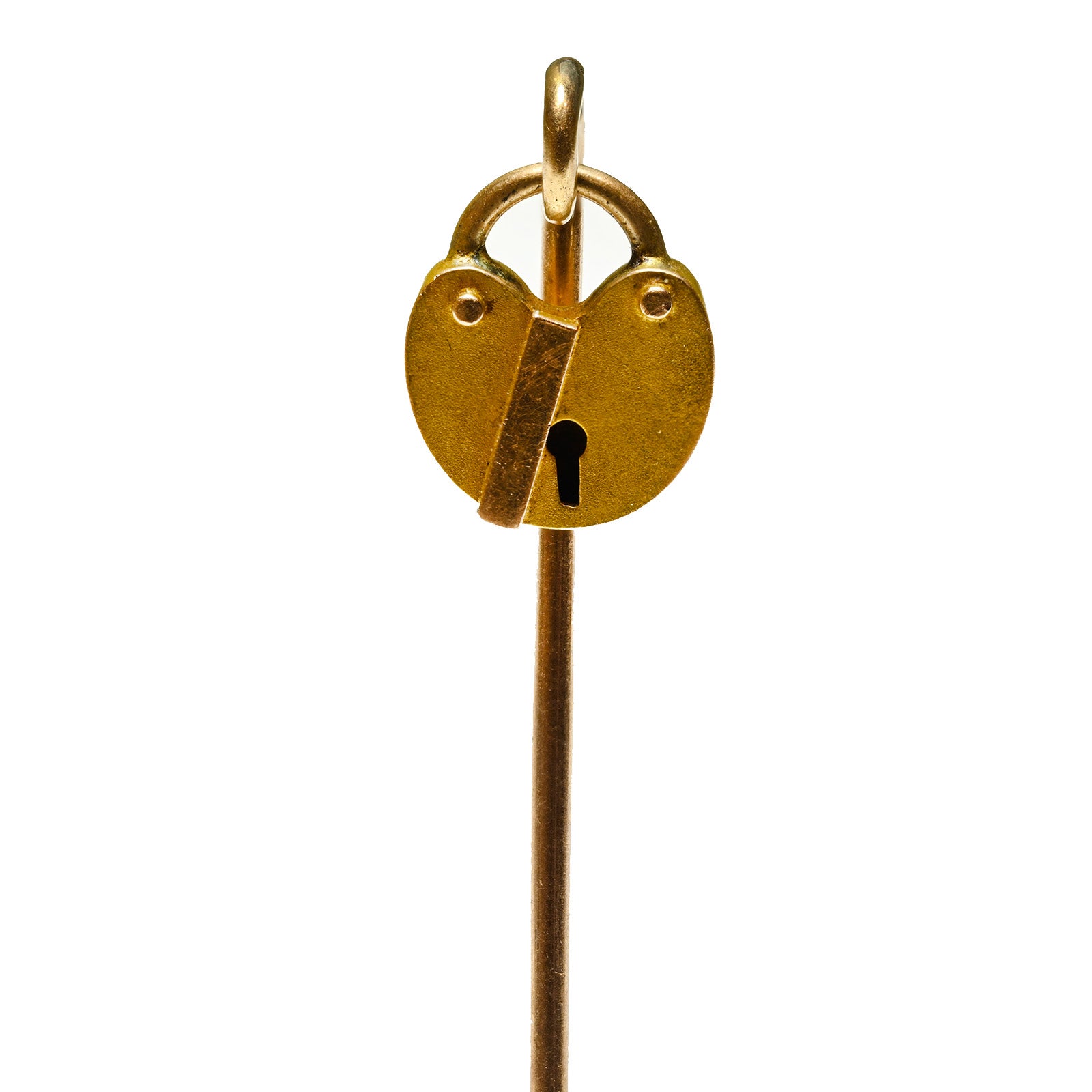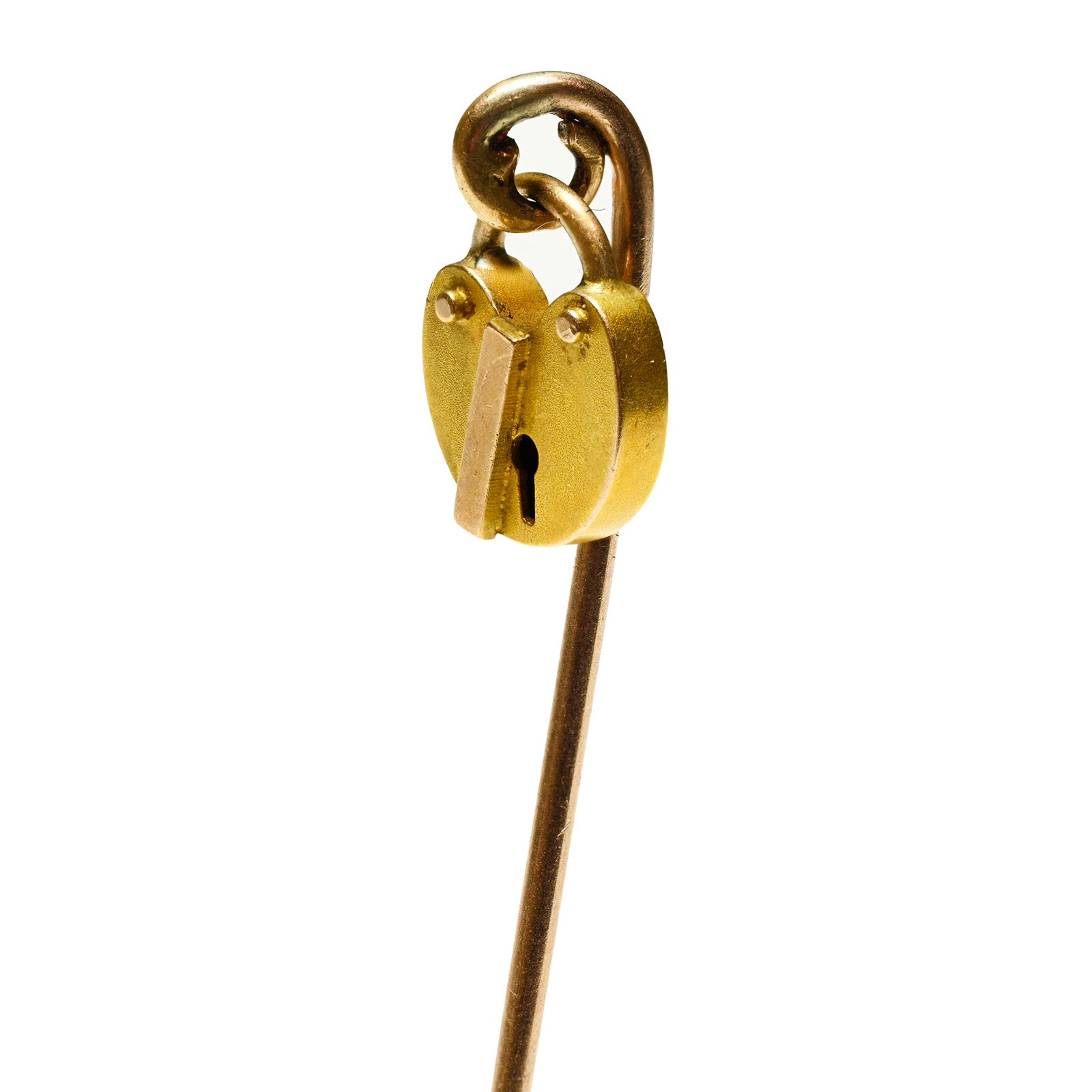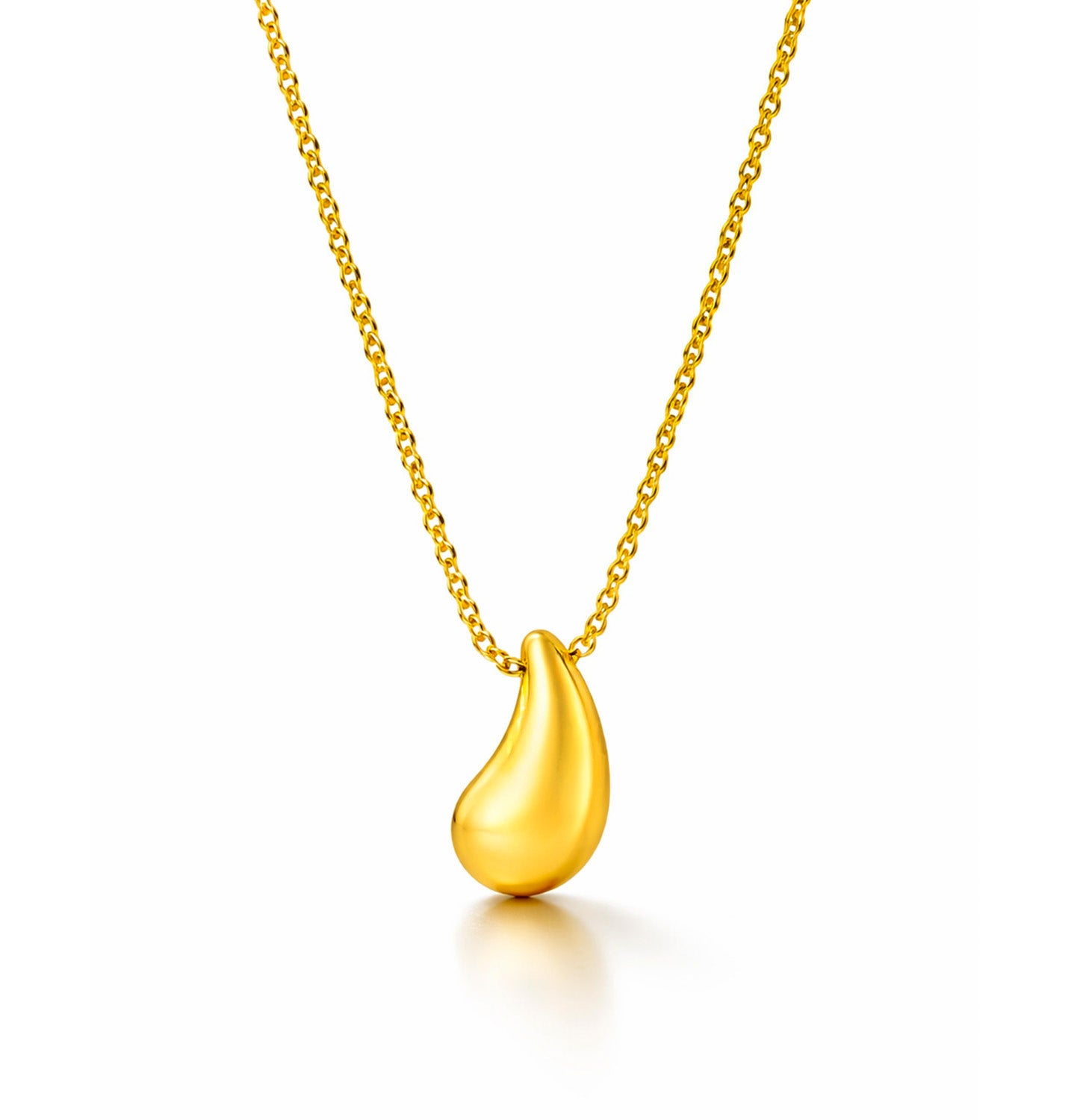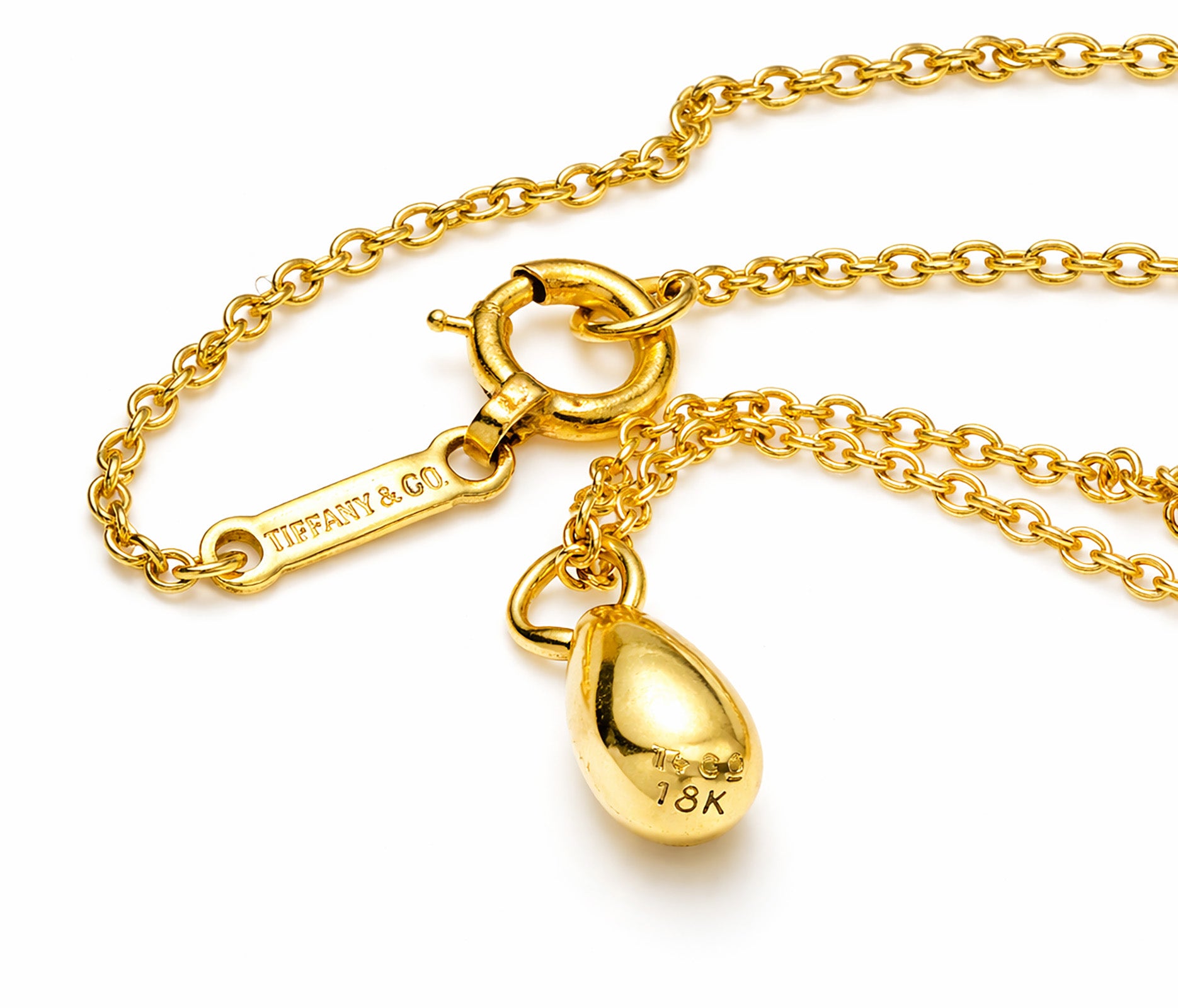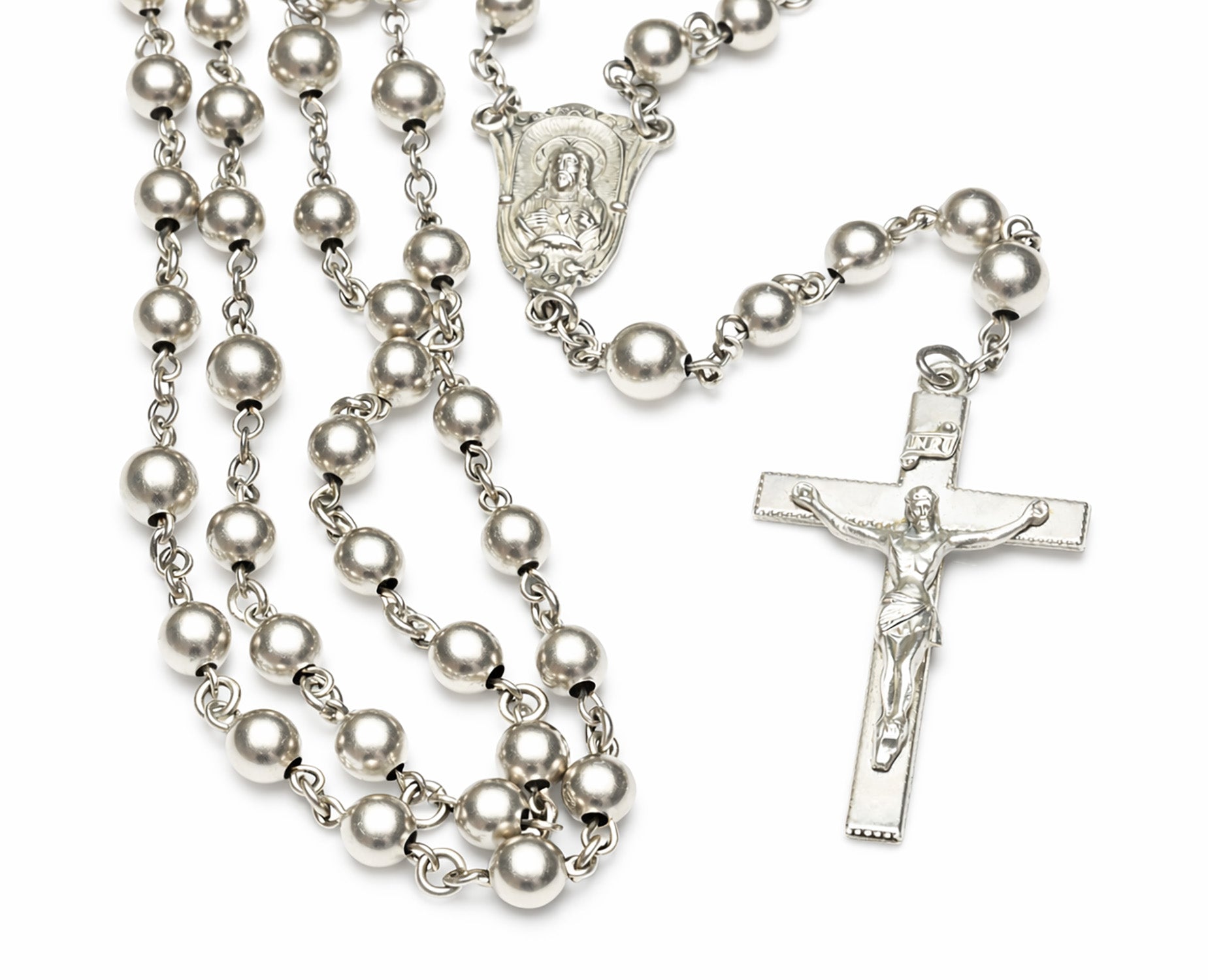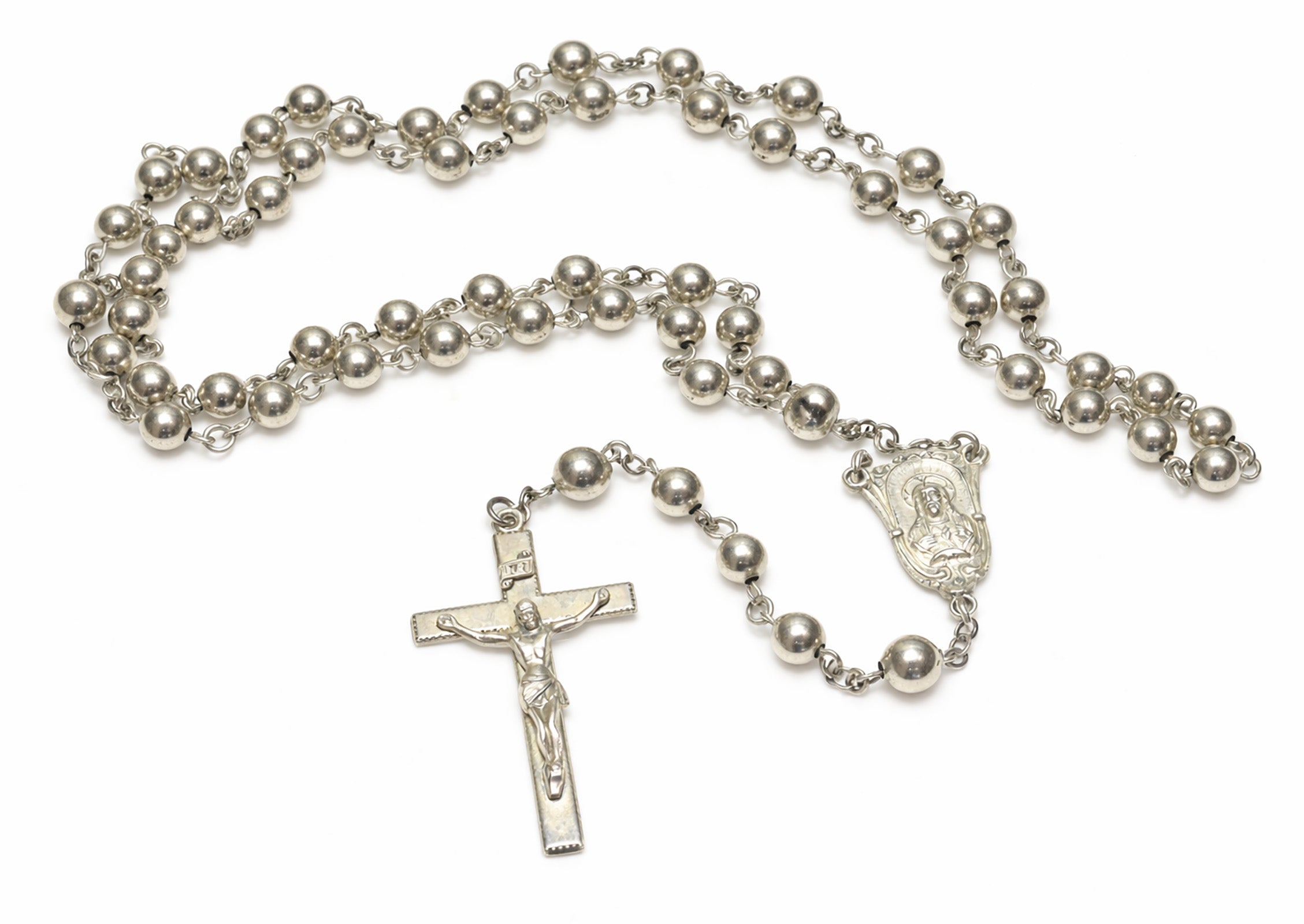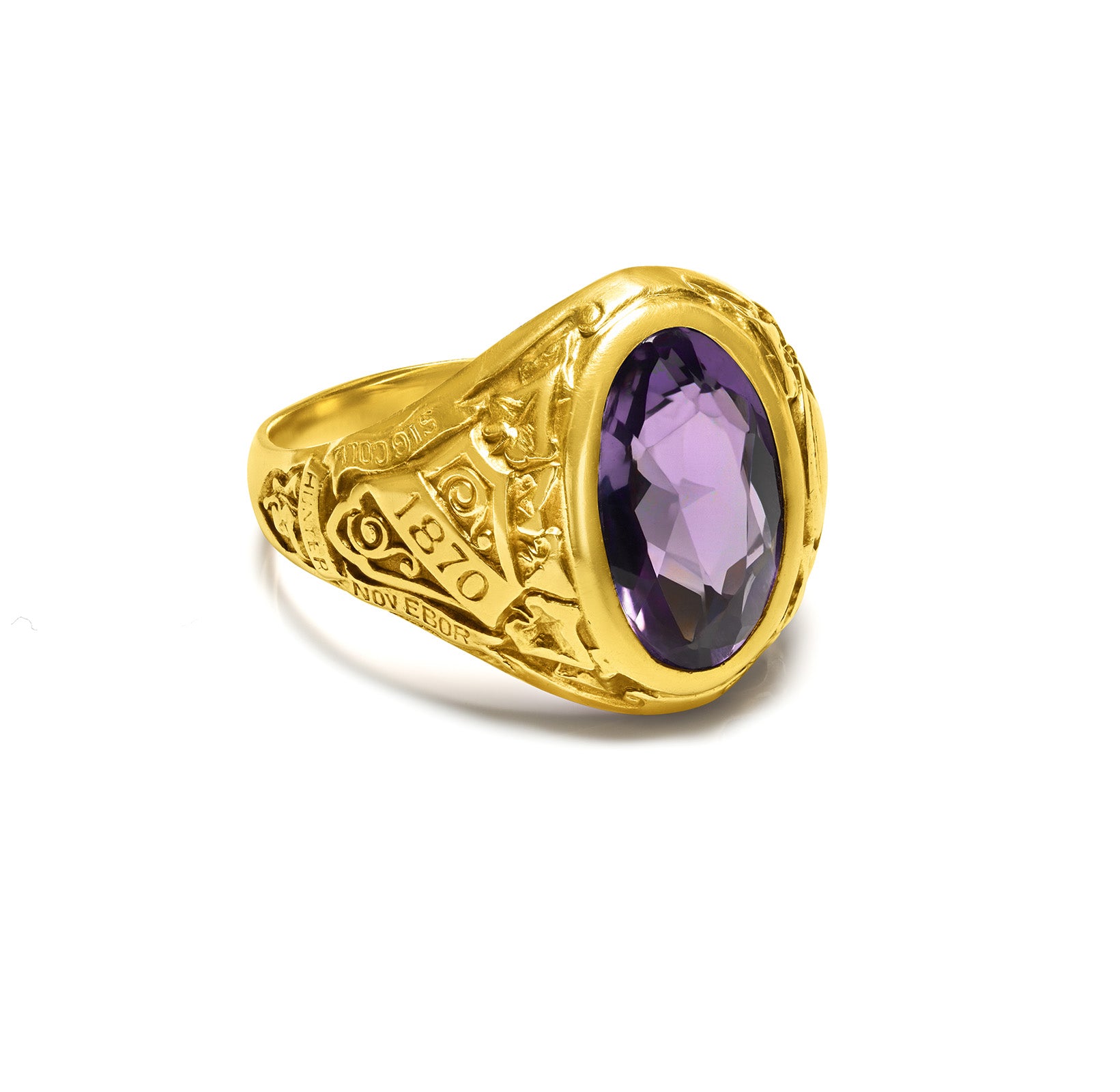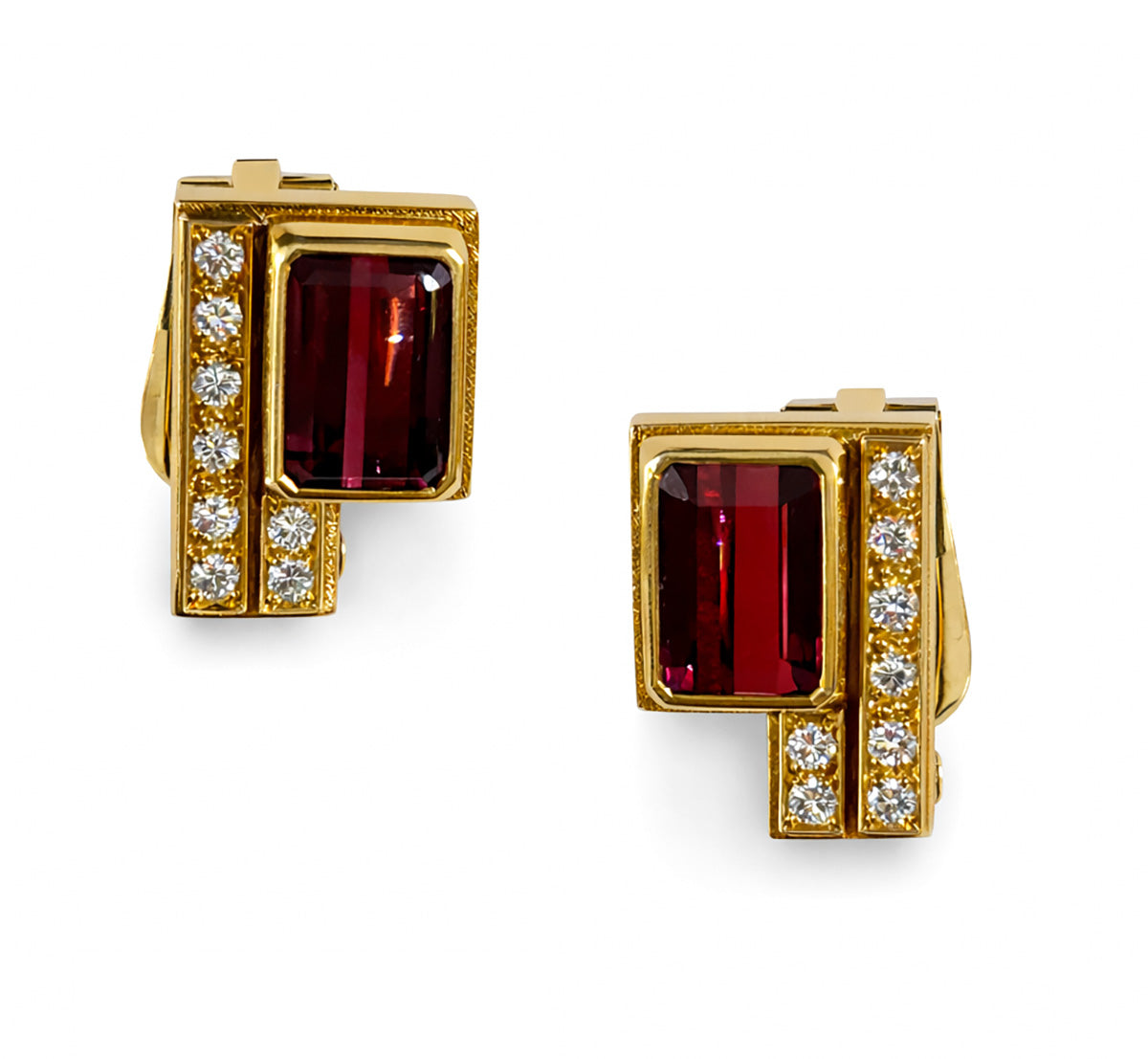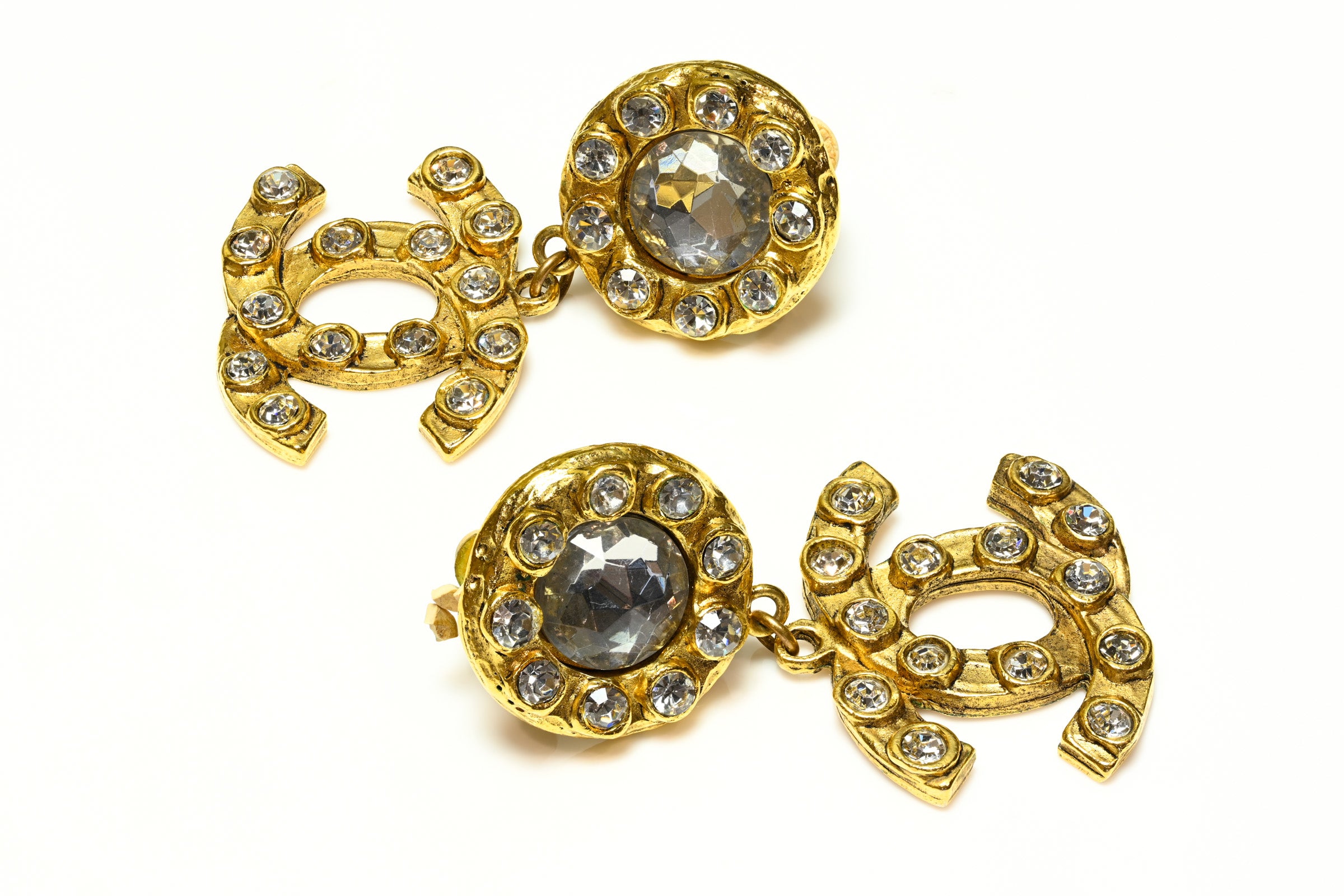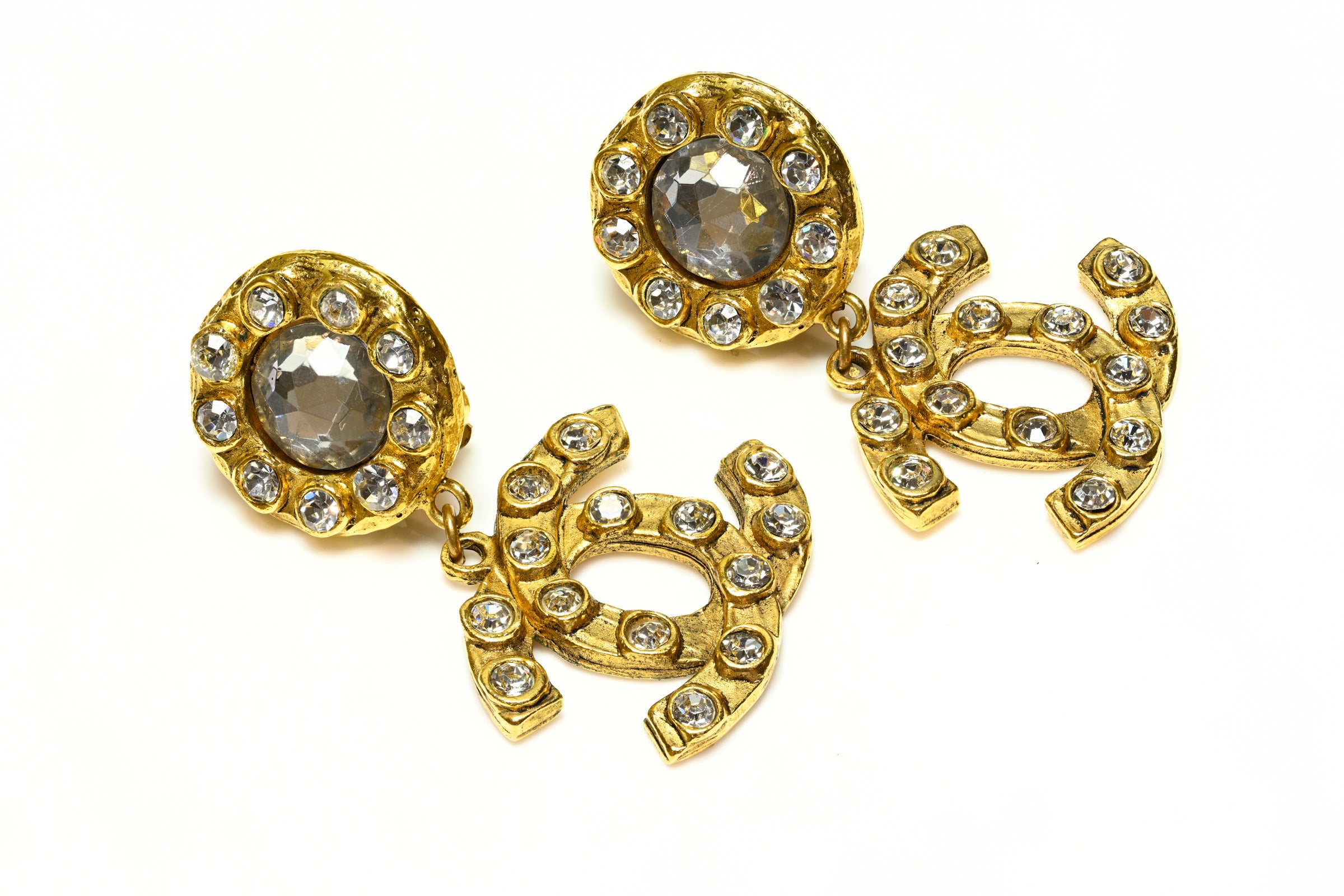
Gold and Silver Purity Markings: Karats Explained
What Is a Karat?
A karat (K or kt) is a unit of measurement used to describe the purity of gold. Pure gold is defined as 24 karats, meaning 24 out of 24 parts are gold—equivalent to 99.9% purity.
Since pure gold is naturally soft and prone to bending, it is typically alloyed with other metals like silver, copper, or zinc to enhance its strength and durability. The lower the karat number, the higher the percentage of these additional metals.
Gold Purity by Karat
| Karat | Gold Content | Purity % | Typical Stamp | Notes |
|---|
| 24K | Pure Gold | 99.9% | 24K or 999 | Soft, bright yellow; not often used for rings or everyday wear in the West |
| 22K | 22 parts gold | 91.6% | 22K or 916 | Common in Indian and Middle Eastern jewelry |
| 18K | 18 parts gold | 75.0% | 18K or 750 | Preferred in fine European and antique jewelry |
| 14K | 14 parts gold | 58.5% | 14K or 585 | Standard in American jewelry, especially vintage pieces |
| 9K | 9 parts gold | 37.5% | 9K or 375 | Minimum legal standard in the UK; more affordable and durable |
Note: The numeric stamps like 750, 585, or 375 refer to parts per thousand of pure gold content.
Visual Summary of Gold Purity Marks
For quick reference, see the chart below, which illustrates the same purity levels in an easy-to-read format.

How Gold Is Marked in Different Countries
United States
-
Uses karat system (e.g., 14K, 18K)
-
Hallmarking is not mandatory
-
May include brand engravings or serial numbers
-
Stamps may include "10K," "14K," "18K," or "750"
United Kingdom
-
Legally requires assay office marks for precious metals
-
Common stamps: 375 (9K), 585 (14K), 750 (18K)
-
Also includes city assay mark and date letter
-
Regulated by hallmarking laws since the 14th century
France
-
Uses national hallmarks based on symbols
-
Eagle’s head for 18K
-
Shell for 14K
-
Trefoil for 9K
-
-
Also requires a lozenge-shaped maker’s mark
Italy
-
Commonly uses numeric marks (e.g., 750 for 18K)
-
Often accompanied by a provincial code (e.g., 750 1 AR)
-
Known for consistent quality in high-karat gold jewelry
Where to Find Gold Purity Marks
Gold markings are typically small and discreet. Here’s where to look:
-
Rings – Inside the band
-
Necklaces and bracelets – Near the clasp
-
Earrings – On the post or clip
-
Watches – On the case back or lugs
A jeweler’s loupe or magnification may be necessary to read worn or vintage marks.
Karat vs Carat: What’s the Difference?
Although they sound similar, karat and carat refer to different things:
-
Karat (K) – Measures gold purity
-
Carat (ct) – Measures gemstone weight (1 carat = 0.2 grams)
A piece of jewelry may be described as “18K gold with a 2-carat diamond.”
Identifying Authentic vs Fake Gold Marks
Here are some signs of genuine marks and red flags to watch for:
Authentic Markings
-
Consistently positioned
-
Accompanied by maker’s mark or assay stamp
-
Deeply and cleanly struck
-
Often show signs of wear but remain legible
Red Flags
-
Stamps that are off-center or shallow
-
Gold tone that doesn’t match the marked karat
-
Missing maker’s mark or assay symbol in regions where required
-
Hand-engraved or etched marks instead of stamped
If you’re unsure, professional testing or authentication is always recommended.
Explore Gold Jewelry by Karat at DSF
Our curated collection includes 9K to 22K antique gold jewelry—each piece verified by our experts for authenticity, hallmarking, and historical provenance.
Browse the Collection
Related Note: What About Silver Purity Markings?
Like gold, silver jewelry also carries purity marks. While the karat system is not used for silver, you’ll often see numeric stamps indicating the proportion of pure silver in the alloy.
Common silver purity marks include:
| Stamp | Purity | Description |
|---|
| 999 | 99.9% | Fine silver (soft, rarely used in jewelry) |
| 925 | 92.5% | Sterling silver (most common in fine jewelry) |
| 900 | 90.0% | Coin silver (often vintage or antique) |
| 800 | 80.0% |
European silver standard, especially in 19th-century pieces |
Related Note: What About Silver Purity Markings?
While gold uses the karat system, silver jewelry is typically marked with numeric stamps that indicate its purity as a percentage. These marks are especially important when evaluating antique European or American silver.
If you’re handling vintage or antique silver, especially from France, the UK, or Germany, additional symbols like the Minerva head, lion passant, or crescent moon and crown may also appear alongside numeric marks.
Complete Reference: Gold and Silver Purity Markings
For collectors, buyers, and jewelry enthusiasts, it’s helpful to see gold and silver purity standards side by side. The chart below offers a quick visual guide to the most common markings and their meanings.

Downloadable Guide: Gold & Silver Purity Markings (PDF)
Prefer to save this information for later?
📄 Click here to download the full Gold & Silver Purity Markings Guide (PDF)
This printable reference includes:
-
A breakdown of gold karat markings (9K to 24K)
-
Silver purity standards (800 to 999)
-
Combined visual chart for easy comparison
Conclusion
Gold purity marks are more than just tiny stamps—they’re a vital part of understanding the quality, value, and authenticity of any piece of fine jewelry. Whether you’re a collector, buyer, or seller, knowing how to read karat markings gives you confidence in every acquisition.
Stay informed, inspect carefully, and don’t hesitate to consult experts when evaluating antique and vintage gold jewelry.


